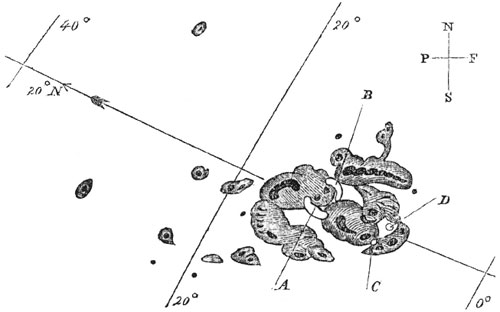A
Carrington level event cannot be FULLY protected against,
you're right.
And that would indeed force a massive rethink about HOW the world uses electric power anyway.
So, let us think right now for a moment ABOUT how we use it.
Gone are the days when literally EVERYTHING in a home or business HAD to HAVE 120 or 220 volts alternating current.
Today, the only items in a home that actually DO REQUIRE 120 or 220 volts AC are heavy electric motors, heating elements and incandescent light bulbs.
Literally EVERYTHING else in use today does just fine with a 12 volt or 5 volt DC power supply, or in some rare cases, a few volts higher (like 16 volts) or something in between, like 6-9 volts.
In fact, even if you still own legacy electronics, like say perhaps an old solid state stereo receiver from the 1980's, it is entirely possible to bypass the mains transformer and rectifier stages
and connect 12 volts DC directly to where the output of the rectifier stage is. I did this in a motorhome because I wanted to enjoy my home stereo receiver, a Pioneer SX-838.
So, should a Carrington level event occur, there will be a massive effort launched to rebuild and in the interim, resourceful people will be leveraging alternatives, many of which
we probably will not switch back from. Class 2 low voltage wiring will become much more commonplace because there will not be much need to send 120 volts AC down the line to every
room when it is only needed for two or three large items.
Samsung 65″ Class Q90T QLED 4K Smart TV: The Q90T consumes 120W under normal circumstances, but at maximum, can run up to 295W.
That's 2.46 amps at 12 volts, which can be handled easily by a heavy duty wall type USB port made for charging accessories.
The same goes for the typical desktop or laptop computer, somewhere between 1 and 2.5 amps if you measure at the output of the PC power supply.
The point is, almost everything in the modern home can work just fine if powered directly by low voltage DC, because that is what all those wall warts and power packs already do, and by the way
we are paying an efficiency penalty when we use all those individual power packs and wall warts, which of course do not turn off when we turn off a device.
The biggest problem is over-reliance on LARGE CENTRALIZED generating utilities when the reality of today is that for residential and small business, local community co-generation beats massive central utilities every single time and in every single scenario. Large central utilities serve heavy industry well but serving scattered widespread residential and small business is the prime example of their built in inefficiency.
You're correct when it comes to arguing about a CME the size of which is like the Carrington Event but we also cannot do much about a Chixilub meteor impact or
the eruption of the Yellowstone Caldera.
But we CAN and DO have measures to protect against the other 90-something percent of expected CME events.




